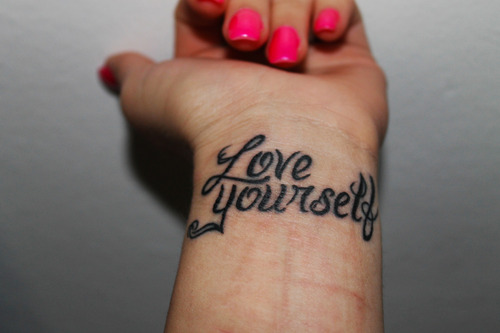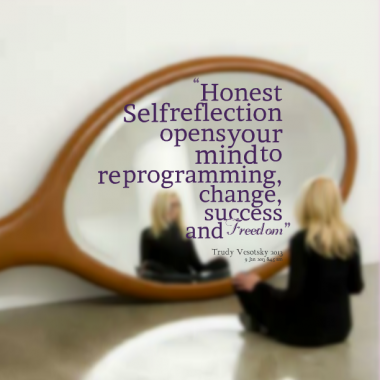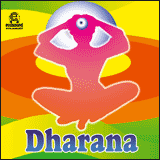I’ve been hard on myself this week about not eating the way that makes me feel best, which is clean, fresh, non-processed food and in moderation. But I also know that beating myself up about eating is just as unhealthy as any unhealthy food. So, to get out of this headspace I did one of the exercises I do with my students in the Yoga Detoxes and 30 Day Yoga Evolution. This exercise gets us to look at where we’ve been, what’s shifted and appreciate that growth happens on a trajectory, not over night.
And wow, there have been some massive shifts in how I live my life! In the past year alone I’ve refined my lifestyle so much. But I looked further back and watched the unfolding of my journey with health until I came to an image of myself as a teenager, over weight, eating fast food alone in my car, feeling depressed and knowing deep in my bones that the American dream was more like a nightmare.
Take a snap shot back in my life. I am 17, a sophomore in high school, have just been diagnosed with an autoimmune disorder that is totally screwing with my hormones. I don’t yet realize this is part of why I feel lethargic, anxious, depressed and have suddenly gone from being a lithe ballerina to gaining 20 lbs in less than a year. Emotionally overwhelmed by it all and crushed to see my body out growing my leotards, I quit dancing. Something I’ve been doing since I was five. Something that always made me feel free and light and express whatever I was feeling without having to say it.
So here I am, suddenly not moving my body as I was used to, not expressing my emotions through movement, all the while trying to cope with the typical teenage shit.
At the same time a big shift in public school funding swept the nation. As government spending on public education plummeted and the schools become more desperate, big cooperations like CocaCola and Pepsi saw an opportunity: sponsor entire schools.
My school ended up with a Pepsi sponsorship, which meant they received money in exchange for plastering every notice board, sports complex and school banner with Pepsi logos. It also meant that our school cafeteria was now operated by Pepsi and their affiliates (Taco Bell, Pizza Hut etc.) and school lunch turned into fast food.
We could eat off campus, which most of us did frequently, but where did we go? To any one of the ten fast food joints within three blocks of our high school of course. God bless America.
Not only where Pepsi logo’s strew through our school, but we were lucky enough to have soda dispensers in EVERY corridor. The coins left over from lunch were enough to get an afternoon caffein and sugar kick to pull us out of the greasy fast food lunch stupor. Which of course wore off by the time we got home and were meant to do our homework, so we cracked another can of high fructose corn syrup and buzzed the night away, finishing assignments or watching MTV until 2am and then having a hellish time getting up the next morning.
This was the typical American teenage pattern, and sadly, still is. In the US adolescent obesity has more than quadrupled in the last 30 years and reports of teenage anxiety and depression have doubled. Australian statistics aren’t far behind.
I was slotting in quite well with these statistics, and nobody seemed to say, “Hey, this isn’t normal! You don’t have to wake up every morning anxious or depressed. All that high fructose corn syrup is making you gain weight and have mood swings. Go back to moving your body and eating simple foods that your mom made!”
I consumed enough Good Times Burgers in those few years to last me a lifetime (if not more). We all did, and the sad truth is that many of my peers still do. This is how our schools and culture taught us to nourish ourselves, and many of us have grown from being overly caffeinated poorly nourished teens to overly caffeinated poorly nourished adults. But now, as adults the repercussions are starting to show.
My autoimmune disorder only exacerbated the problem, and in many ways I’m grateful because it made me realize something was indeed wrong and investigate early on in my life what that was. I wanted to know why my body was attacking itself. Was it something I was doing, or thinking or feeling? Was it something I was eating or experiencing? Was it my society? Was it in the water or in the air?
I wanted to understand what was going on, and as I asked these questions I began to see the answer was ‘yes’ to all of them.
In my first year of Uni I learned more about environmental degradation. My ears perked hearing about the levels of hormones and antibiotics fed to dairy cows and studies linking these livestock practices to endocrine disorders. I stopped eating meat and fast food, started dancing again and low and behold began feeling a little better. I was still eating too much processed food, drinking too much and way too stressed out trying to over achieve with studies, work and writing for the school paper.
I knew the issue was more than just food and environmental contamination. I couldn’t clearly articulate it then but after my first year of Uni I knew I was simply learning how to perpetuate the cycle of the “rat race.” So I quit and went off to New Mexico to get a diploma in Massage Therapy.
At 19 years old the world of yoga, energy healing and body-mind psychology blew me open into a whole new exploration of what leads to health and disease, and how all aspects of our lives influence our state of health and wellbeing. I learned so much about body, mind, spirit health at that time and it propelled me into a lifelong exploration of this topic.
It’s been 13 years since and I’ve made hug changes in how I live, eat, move and think, but it didn’t happen over night. It’s been a process of small and continuous shifting that’s got me back to feeling like I did before my body attacked itself. Yoga has taught me how to look within, and sit with the injured, ugly or dead side of myself and culture, breath through the discomfort of looking at it and listen to the inner guidance on how to heal. And damn, it’s not always easy, but each time I come out the other end I know it’s worth it.
I can tell you that learning is one thing but actually applying it to life is another. I’ve been through so many highs and lows with personal health, two steps forward and one step back, but when I look at the big picture every year I get healthier and happier. And this is why I love the yoga lifestyle. This is how life should be and I thank my lucky stars for having people in my life who finally did say, “Hey, don’t believe what they say about getting older. You don’t have to wake up feeling like shit and get fat. You can feel happy and at peace. You can improve your health every year, life only get’s better if you simply do the work on yourself.”






